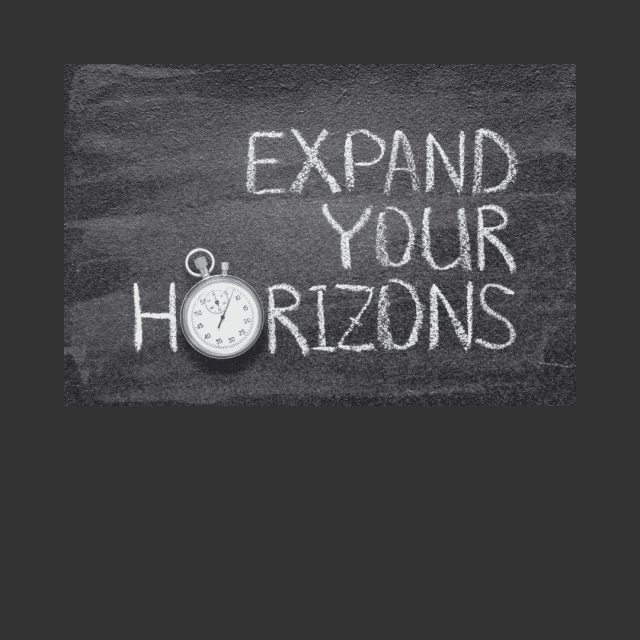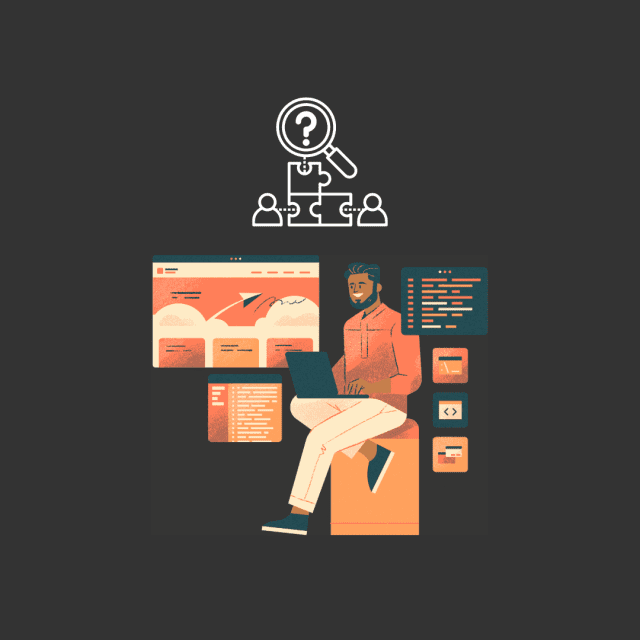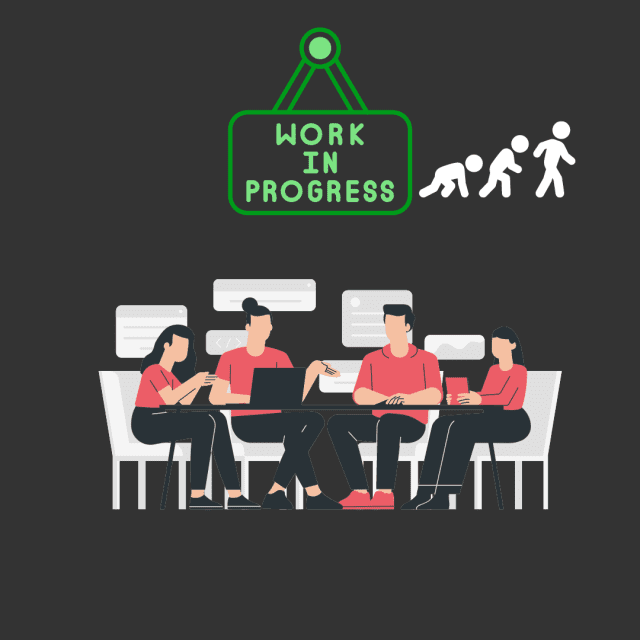Beyond Mentors: How a Scout Can Transform Your Professional Life
For decades, mentorship has been a key element in personal and professional development. Mentors have helped guide generations of professionals through the complexities of career growth, offering wisdom, advice, and encouragement along the way. But as the workplace evolves and the challenges facing today’s professionals become more diverse, the traditional mentor-mentee model is showing its limitations. Enter the scout—a new type of mentor who goes beyond conventional advice-giving to provide hands-on, transformative guidance.
Scouts are reshaping professional development by offering a more dynamic, holistic approach to career growth. They don’t just guide you from the sidelines—they are in the trenches with you, helping you navigate the complexities of modern work. In this blog, we’ll explore how a scout can transform your professional life by going beyond traditional mentorship to offer deeper, more impactful support.
1. Personalized, Hands-On Guidance
One of the primary differences between a mentor and a scout is the level of involvement. Traditional mentors often offer advice from a distance, sharing their experiences and providing general direction. While this can be helpful, it often leaves mentees without the immediate, hands-on guidance they need to address real-time challenges.
A scout, on the other hand, works alongside you. They don’t just give advice—they help you take action. Scouts roll up their sleeves and get involved in the practical aspects of your professional growth. Whether you’re navigating a difficult workplace situation, learning a new skill, or preparing for a big presentation, your scout is there to help you every step of the way. Their hands-on approach ensures that you’re not just hearing about what to do but actively implementing it with their support.
Example: If you’re preparing for a high-stakes negotiation, a traditional mentor might offer tips during a scheduled meeting. A scout, however, would work with you to role-play scenarios, refine your negotiation strategy, and provide feedback in real-time, ensuring you’re fully prepared for the situation.
2. Holistic Development: Focusing on the Whole Person
While mentors typically focus on career-related goals—like promotions, networking, or skill development—scouts take a more holistic approach to your growth. They recognize that professional success is deeply intertwined with personal well-being, emotional intelligence, and work-life balance. Scouts address not just your career but the whole person, helping you achieve long-term, sustainable success.
A scout understands that career growth is about more than climbing the corporate ladder. It’s about finding fulfillment, managing stress, and maintaining a healthy balance between your work and personal life. Scouts offer support in areas like emotional resilience, mental health, and personal development, helping you build the foundation for a fulfilling and well-rounded professional life.
Example: If you’re feeling burned out, a mentor might suggest ways to manage your workload. A scout, however, would help you dig deeper—exploring the root causes of your burnout, offering strategies for stress management, and helping you establish boundaries to protect your well-being.
3. Real-Time Support for Real-World Challenges
The fast pace of today’s workplace means that challenges arise quickly, and solutions need to be implemented just as fast. Traditional mentors often meet with their mentees on a set schedule—monthly, quarterly, or even annually—offering advice based on past experiences. This delayed, infrequent engagement can leave professionals feeling unsupported during critical moments when they need immediate help.
Scouts provide real-time support. They’re available to assist when challenges emerge, offering guidance and solutions in the moment, rather than after the fact. This real-time involvement means that scouts are better equipped to help you navigate complex problems as they arise, ensuring you can respond quickly and effectively.
Example: If you encounter an unexpected issue during a project, a mentor might not be available until your next scheduled meeting. A scout, on the other hand, would be ready to jump in, helping you troubleshoot the issue and find a solution right away.
4. Accountability and Action-Oriented Growth
One of the key factors that sets scouts apart from mentors is their focus on accountability. While mentors typically offer advice and then leave it to the mentee to follow through, scouts work collaboratively with you to ensure that actions are taken, goals are met, and growth is achieved.
Scouts help you set clear, actionable goals and hold you accountable for making progress. They check in regularly to track your development, provide feedback, and offer course corrections when needed. This accountability ensures that you stay on track, remain focused, and continue to grow over time.
Example: Instead of simply offering advice on how to improve your leadership skills, a scout would help you set specific leadership goals, develop a plan for achieving them, and regularly check in with you to ensure you’re making progress. They’ll hold you accountable for practicing new skills and reflecting on your growth.
5. Adaptability in an Ever-Changing Landscape
The modern workplace is unpredictable. New technologies, shifting job markets, and evolving industries require professionals to be adaptable, flexible, and ready to pivot when necessary. Traditional mentors, who often offer guidance based on their own fixed experiences, may struggle to keep pace with these changes.
Scouts thrive in this dynamic environment. They are adaptable and forward-thinking, helping you navigate uncertainty and prepare for the future. Scouts stay attuned to industry trends, emerging technologies, and shifts in the job market, offering proactive guidance that helps you stay competitive and agile in a rapidly changing world.
Example: If you’re contemplating a career shift into a new industry, a traditional mentor may provide general advice based on their own experience. A scout, however, would work with you to explore the latest trends in the industry, identify key skills you’ll need to succeed, and help you make the transition smoothly.
6. Collaboration and Co-Creation of Solutions
In traditional mentorship, the flow of knowledge is often one-directional—the mentor provides advice, and the mentee applies it. Scouts, on the other hand, take a more collaborative approach. They work with you to co-create solutions, recognizing that each person’s challenges are unique and that the best strategies are often developed through teamwork.
Rather than simply telling you what to do, scouts involve you in the process of problem-solving. They encourage you to think critically, explore different perspectives, and take ownership of your decisions. This collaborative approach empowers you to become a more active participant in your own development, building your confidence and problem-solving abilities.
Example: If you’re struggling with a difficult decision about your career path, a traditional mentor might offer advice based on their experience. A scout, on the other hand, would engage you in a collaborative discussion, helping you weigh your options, consider different scenarios, and come to a decision that aligns with your personal and professional goals.
Conclusion
In a world where the demands of work are constantly evolving, traditional mentorship is no longer enough to meet the needs of today’s professionals. A scout offers a deeper, more hands-on, and holistic approach to guidance—one that not only helps you grow professionally but also supports your personal well-being and adaptability in a fast-changing landscape.
Scouts go beyond advice-giving. They provide real-time support, hold you accountable for your growth, and collaborate with you to create personalized solutions to your challenges. Whether you’re navigating a career transition, developing new skills, or seeking a better work-life balance, a scout can offer the tools, guidance, and support you need to transform your professional life.
If you’re ready to move beyond traditional mentorship and experience the transformative power of having a scout by your side, now is the time to embrace this new model of career development. With a scout, you’re not just receiving advice—you’re partnering with someone who is invested in your success, every step of the way.































